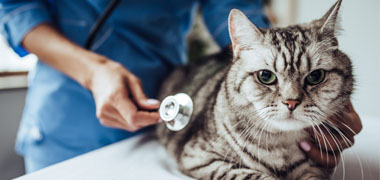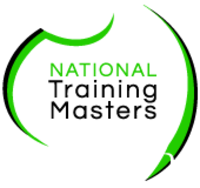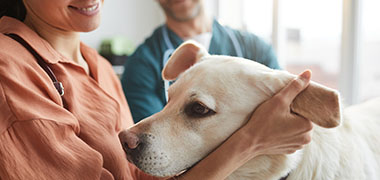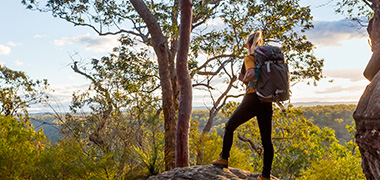
How do I become a Wildlife Rehabilitator in Geelong?
Get qualified to work as a Wildlife Rehabilitator with a course recognised across Australia. Speak to a training provider to learn more.
Course providers in Geelong
The following providers offer Wildlife Rehabilitator courses in Geelong, Victoria.




Related career opportunities
Browse occupations related to Wildlife Rehabilitator
Further reading


How to start a career in Veterinary Nursing
7th September 2021
Careers for people who love the outdoors
14th September 2021All wildlife rehabilitator courses
Wildlife Rehabilitator careers
For those aspiring to become wildlife rehabilitators, Geelong offers a variety of courses to suit both beginners and experienced learners. The Certificate III in Wildlife and Exhibited Animal Care ACM30321 is a popular beginner course, designed for individuals with no prior experience in the field. This comprehensive course provides essential skills needed to effectively care for injured and orphaned wildlife, making it an ideal starting point for those passionate about animal welfare.
For those who already have experience or qualifications, the advanced Bachelor of Science (Animal Biology) is available for further academic and professional development. This degree prepares students for higher-level roles in wildlife rehabilitation and conservation. Both courses are recognised and delivered by esteemed training providers, including the Taronga Training Institute and Deakin University, which are well-regarded in the Geelong area for their expertise in animal care and veterinary studies.
As a hub for wildlife education, Geelong also connects learners to a broader network of related fields, such as Animal Welfare and Veterinary courses and specific Animal Care studies that complement the knowledge gained from Wildlife Rehabilitator courses in Geelong. With the right training and qualifications, individuals can significantly contribute to the important work of wildlife rehabilitation and conservation, ensuring a brighter future for Australia's unique fauna.
